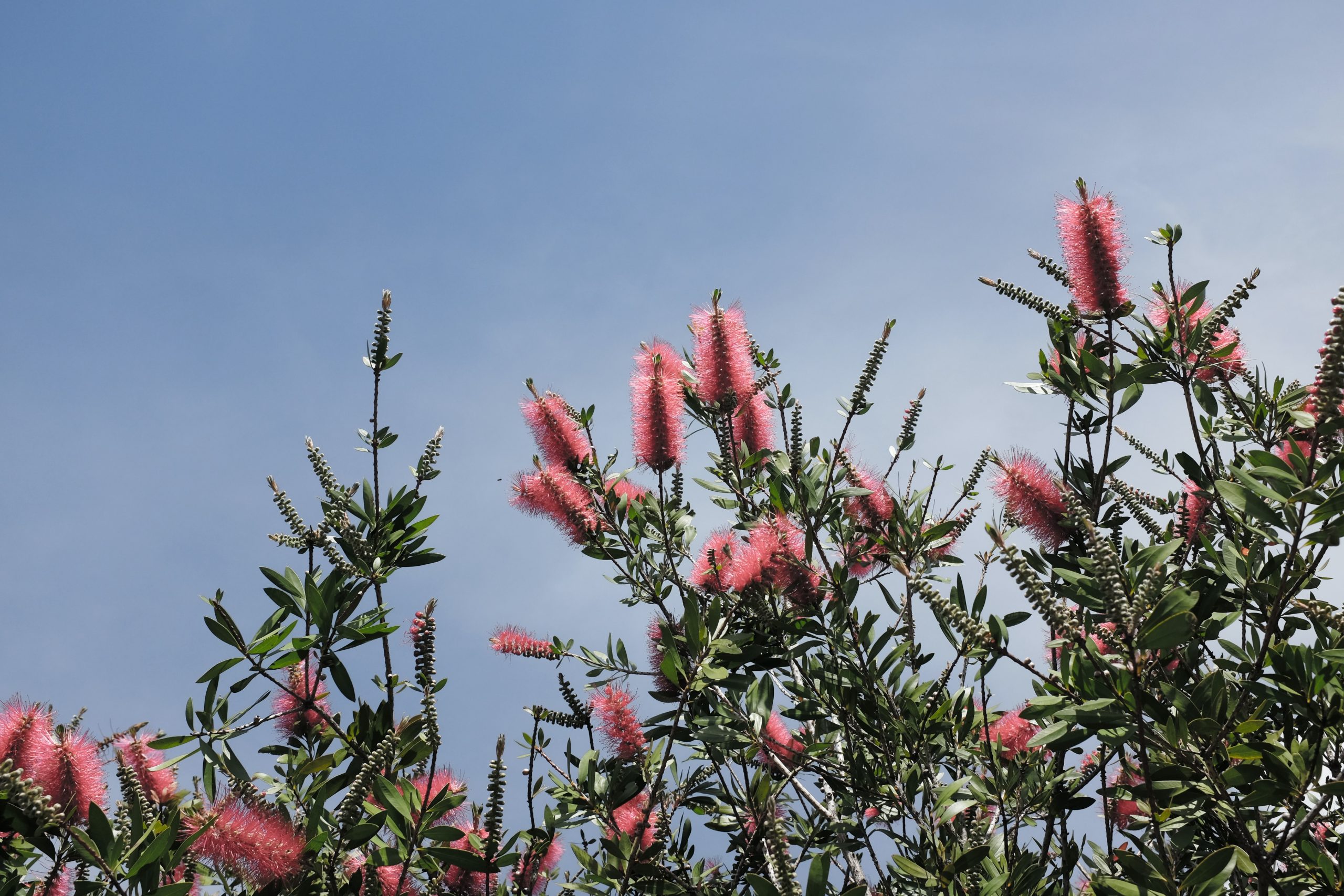Date: [Current Date]
Byline: [Your Name], Staff Writer
Introduction: In a world that often glorifies vibrant, sun-soaked gardens, shade gardens offer a unique allure. These hidden oases of tranquility embrace the mystical beauty of low-light environments. Delving into the realm of shadows, we explore the wonders of shade gardens and how they can unleash a sense of serenity amidst the darkness.
[Subheading 1] The Allure of Shade Gardens: Step into a shade garden, and you’ll find yourself transported to a different realm. These gardens, carefully designed with the power of darkness in mind, offer a respite from the blinding brightness of the sun. With a delicate interplay of light and shadow, they create an enchanting atmosphere that captivates the senses.
[Quote from Expert/Enthusiast] “Shade gardens have an ethereal quality that is hard to replicate in other types of gardens,” says renowned landscape designer [Expert’s Name]. “The subtle dance between light and shadow, the interplay of textures and colors, creates a unique sense of tranquility that can’t be found elsewhere.”
[Subheading 2] Embracing the Darkness: Unlike their sun-drenched counterparts, shade gardens embrace the beauty of low-light conditions. These spaces thrive under the canopies of trees, along north-facing walls, or in the shelter of structures. The plants that call shade gardens home have evolved to adapt to limited sunlight, resulting in a diverse and fascinating array of flora.
[Description of Plants] Mosses, ferns, hostas, and an assortment of woodland plants are common inhabitants of shade gardens. Their rich foliage, varying shades of green, and delicate blooms add depth and character to these enigmatic spaces. Furthermore, these plants often require less maintenance and are more resistant to drought, making them an eco-friendly choice for gardeners.
[Subheading 3] Designing a Tranquil Retreat: Creating a shade garden requires thoughtful planning and an understanding of the unique demands of low-light environments. By utilizing layers of plants with different heights, textures, and leaf colors, gardeners can construct visually striking landscapes. Pops of color from shade-tolerant flowers, strategically placed seating areas, and meandering pathways can further enhance the atmosphere of tranquility.
[Quote from Gardening Expert] “A well-designed shade garden is a testament to the harmony that can be achieved by embracing the inherent beauty of darkness,” notes [Expert’s Name], a prominent gardening expert. “By carefully selecting plants and creating visual interest through design elements, shade gardens can become serene sanctuaries that transport individuals to a place of calm and contemplation.”
[Subheading 4] The Health Benefits of Shade Gardens: Aside from their aesthetic appeal, shade gardens offer numerous health benefits. The calming atmosphere and reduced exposure to direct sunlight make these spaces ideal for relaxation and stress relief. Moreover, spending time in nature has been proven to improve mental well-being and boost overall mood.
[Scientific Research/Study] Recent scientific studies have shown that spending time in green spaces, such as shade gardens, can lower blood pressure, reduce anxiety, and increase feelings of tranquility. The unique environment of a shade garden fosters a sense of connection with nature, allowing individuals to escape the hectic pace of modern life.
[Conclusion] In a world dominated by bright lights and constant stimulation, shade gardens offer a respite—a gentle reminder of the inherent beauty found within darkness. As gardeners and enthusiasts alike discover the allure of these tranquil retreats, the importance of embracing low-light environments becomes increasingly apparent. So, step into the shadows, and unleash the serenity that lies beyond.




